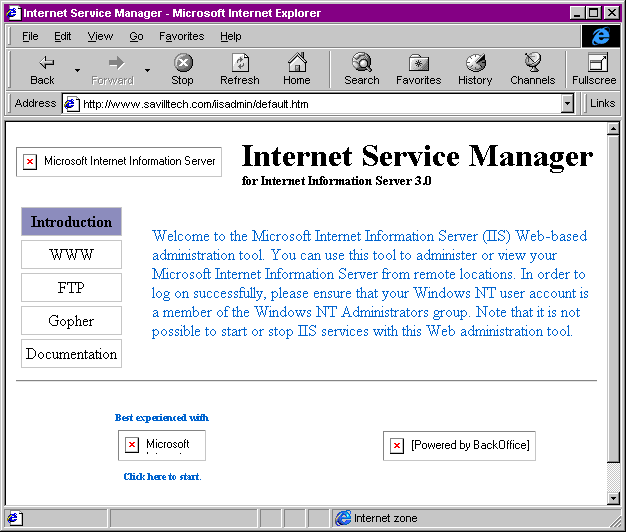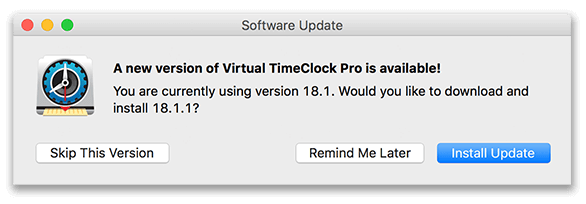

- Virtual timeclock pro restore backup how to#
- Virtual timeclock pro restore backup install#
- Virtual timeclock pro restore backup manual#
One method would be to create an activity called something like 'Approved Overtime' that's good for manual entries only. Since a courtesy clock in and out will automatically record the shift times as the recorded time, you'll need to add a manual entry for the approved overtime. This also makes the approved overtime hours clearly distinguishable on employee time cards.Īnother method would be to prevent clocking in early or late without manager approval.

So what do you do if you have employees that need to work approved overtime either before or after their shift ends? Remember, courtesy clock ins record the shift start time no matter how early the employee punches in.

You can keep track of approved overtime by using courtesy clock in and out restrictions. We have some new security features coming next year that will help with buddy punching, and you can use the current shifts feature to help prevent unnecessary overtime.
Virtual timeclock pro restore backup how to#
Two of the most common we hear about are how to prevent buddy punching and how to prevent unauthorized overtime.
Virtual timeclock pro restore backup install#
I’d prefer a clean install or a simple backup/restore of the settings rather than all that as I’m sure there may be challenges with combining partitions and I’d rather a stable system in the future.We talk to a lot of business owners trying to solve a variety of time and attendance problems. I’ve yet to attempt this but I’m thinking this in theory would be like moving all the current VMware Workstation system files to the C:\ drive from the D:\ drive preserving all the settings as I won’t need to re-install VMware workstation. This should leave me with a large amount of space left on the new C:\ drive which I could then use something like Acronis Disk Director to combine the D:\ and C:\ partitions into one on the C:\ drive.

I also thought of making a backup of both drives and then restoring using Acronis True Image to the new primary drive. I think I ran into some issues with that when I tried that a while back but don't recall all the details. Any issues with this and importing the old registry settings? Anything specific to the D:\ or is the drive location of where VMware is installed not relevant to a backup/restore of the Virtual Network Editor settings?Ī worst case scenario would be to just re-create all the network settings from scratch. The new C:\ drive is where I plan on placing the OS and VMware Workstation. I have yet to attempt this and plan on doing so once I make a complete backup of my system but would the commands listed above be all I need to restore the settings on a clean install? I would have my backup of VMs and upon a clean install of VMware Workstation I would just issue the start /wait vnetlib.exe -import backup-file-name to restore my custom settings and then go ahead and begin assigning the backup VMs to the new console?Īny thoughts or hands-on experience performing a backup/restore of the Virtual Network Editor custom settings? By the way, my current system has VMware Workstation installed on the D:\ drive due to limited drive space and why I’m replacing the C:\ drive (where OS is installed). I obtained these commands from the following URL: Start /wait vnetlib.exe -import backup-file-name Start /wait vnetlib.exe -export backup-file-name I did some Google searching and it seems one could use the following commands: I’ve had success in backup/restore of the virtual machine files and folders but would like guidance on how to backup/restore the custom network interface settings within Virtual Network Editor. All – I am about to install a new primary HD and as a result I am going to perform a clean install of the OS (Windows 7 Ultimate 64-Bit) and re-install of VMware Workstation 9.0.


 0 kommentar(er)
0 kommentar(er)
